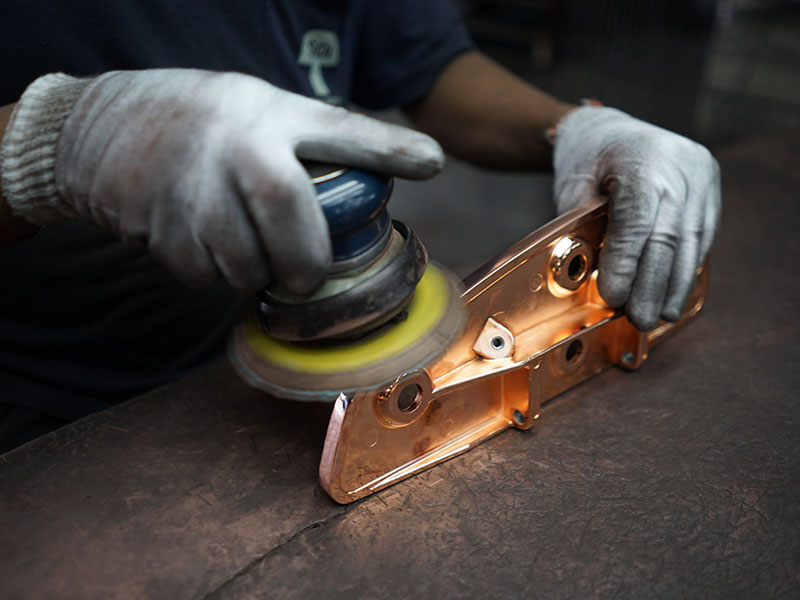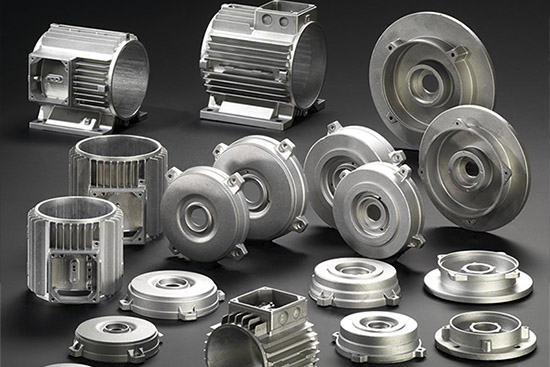Diecasting: The Backbone of Precision Manufacturing
Diecasting: The Backbone of Precision Manufacturing
Blog Article
Diecasting is a vital manufacturing procedure that entails forcing melting metal into a cavity using high pressure. This method is famous for its ability to produce complex designs that are characterized by a high degree of accuracy and repeatability. It is vital in all sectors. From aerospace, automotive, consumer electronics and appliances diecasting plays a significant role in creating products that can meet the strictest requirements for performance and quality. This article examines the complexities of diecasting. It will also discuss the processes involved, their benefits and the applications.
Diecasting is the process that begins by creating an mold, also known as a"die," and generally is constructed from reinforced steel. The mold is designed for the extreme temperature and pressures that are involved in the process. When the mold is finished to be used, the molten material, generally an alloy of aluminum, magnesium, zinc, or copper, is heated until it reaches an liquid state, and injected into the mold cavity with high pressure. The pressure remains constant until the metal is solidified insuring that the solidified metal completely fills the mold, with intricate design and thin walls. Once the metal is cool and solidified, the mold is removed and the completed piece is released. This technique allows for high accuracy and consistency with the manufacture of metal components.
One of the major advantages of diecasting is the efficiency in high-volume production. When dies are made this process is able to be repeated multiple times without any variations between components. This repeatability is essential for businesses that need large numbers of identical components. Diecasting is also known for its material efficiency. This process produces lesser waste than different metal-forming methods in that any leftover metal is recyclable and reused. It not only lowers the cost of material but also promotes environmentally sustainable manufacturing practices. The speed and precision of diecasting make it the ideal choice for producing high volumes of products quickly and reliably so that the manufacturers are able to keep to strict production deadlines and demand from the market.
Diecasting is widely employed across different industries because of its versatility and the range of different materials used. For the automotive sector diecast components are crucial for producing components such as engine blocks, transmission case as well as structural components. Aerospace relies on diecasting for lightweight, high-strength parts that can endure the harsh conditions of flying. In consumer electronics, diecast components are used for frames and frames that provide the durability and accuracy required in electronic devices. The versatility of diecasting also expands to the medical, telecommunications, and power tools industries showing its extensive utility and importance. To receive extra information please go to Senadiecasting
The choice of materials in diecasting is a major factor in the quality and functionality of the final product. Aluminum is the most popular material due to its outstanding strength-to-weight ratio, resistance to corrosion, and its thermal and electrical conductivity. These properties make aluminum ideal for aerospace and automotive uses in which weight reduction is essential. Zinc alloys provide high strength as well as ductility. These make them suitable for parts requiring fine detail and long-lasting. Magnesium alloys are among the lightest metallic structural elements, offering benefits in situations where weight reductions are essential. Copper alloys are used less frequently but are coveted for their excellent electrical conductivity as well as corrosion resistance. Each one of them has its own advantages making it possible for manufacturers to pick the best option for the specific requirements of their application.
Diecasting is an incredibly effective and adaptable manufacturing process that is integral to producing intricate metal components with consistent and high-precision. The ability of diecasting to produce components with fine details, tight tolerances, and seamless surface finishes make it an indispensable tool for all fields, from automotive to aerospace, to consumer electronics, and beyond. Its use of various substances further expands the possibilities of diecasting. This allows manufacturers to pick the right alloy for their specific needs. Technology advances, and the demand for high-quality, economical components is growing the use of diecasting will be an essential element in the manufacturing landscape, driving innovation and excellence in production.